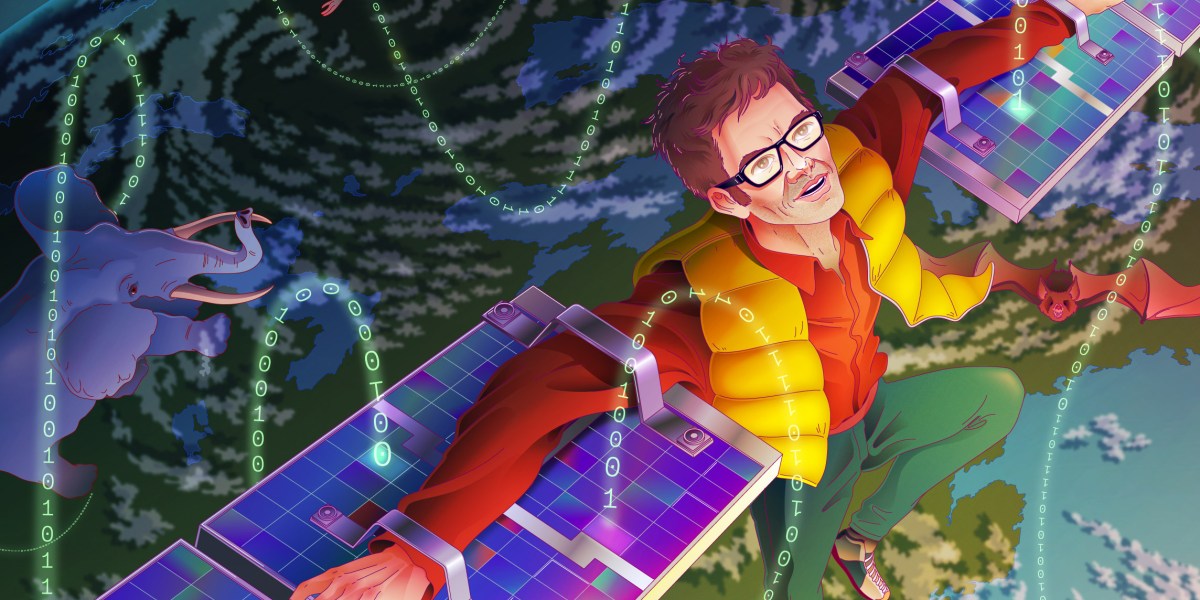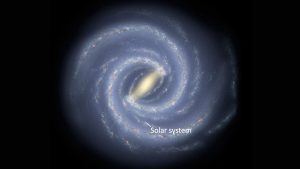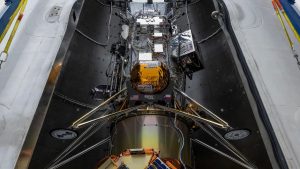How tracking animal movement may save the planet

At the turn of the millennium, he took a position at Princeton with the notion that the institutional pedigree might earn an audience for his “crazy” idea. Not long after he arrived, the chief of NASA’s Jet Propulsion Laboratory came for a talk, and Wikelski asked whether the agency would benefit from a satellite system that could track birds. “He looked at me as if I came from a different planet,” Wikelski remembers. Still, he got a meeting with NASA—though he says he was laughed out of the building. By this time, the agency had apparently forgotten all about Monique.
Undeterred, in 2002 Wikelski launched ICARUS, a half-joke (for fans of Greek mythology) at his own immodest ambitions. It aimed to use digital GPS tags and satellites that would relay the information to a data center on Earth nearly as instantly as the ARTS system had.
Wikelski’s big ideas continued to run into big doubts. “At the time, people told us technology-wise, it will never work,” he says. Even 10 years ago, when Wikelski was making proposals to space agencies, he was told to avoid digital tech altogether in favor of tried-and-tested Argos-style communication. “Don’t go digital!” he recalls people telling him. “This is completely impossible! You have to do it analog.”
Moving away from the fringe
In the two decades since ICARUS was established, the scientific community has caught up, thanks to developments in consumer tech. The Internet of Things made two-way digital communications with small devices viable, while lithium batteries have shrunk to sizes that more animals can carry and smartphones have made low-cost GPS and accelerometers increasingly available.
“We’re going from where we couldn’t really track most vertebrate species on the planet to flipping it. We’re now able to track most things,” says Yanco, emphasizing that this is possible “to varying degrees of accuracy and resolution.”
The other key advance has been in data systems, and in particular the growth of Movebank, a central repository of animal tracking data that was developed from Wikelski’s ARTS system. Movebank brings together terrestrial-animal tracking data from various streams, including location data from the Argos system and from new high-res digital satellites, like ICARUS’s antenna on the ISS. (There are also plans to incorporate CubeSat data.) To date, it has collected 6 billion data points from more than 1,400 species, tracking animals’ full life cycles in ways that Wikelski once could only dream about. It is now a key part of the plumbing of the animal internet.
The field also had some practical successes, which in turn allowed it to marshal additional resources. In 2016 in London, for instance, where air pollution was responsible for nearly 10,000 human deaths a year, researchers from Imperial College and the tech startup Plume Labs released 10 racing pigeons equipped with sensors for nitrogen dioxide and ozone emissions from traffic. Daily updates (tweeted out by the Pigeon Air Patrol account) showed how taking a pigeon’s path through the neighborhoods revealed pollution hot spots that weather stations missed.
Diego Ellis Soto, a NASA research fellow and a Yale PhD candidate studying animal ecology, highlights an experiment from 2018: flocks of storks were outfitted with high-resolution GPS collars to monitor the air movements they encountered over the open ocean. Tagged storks were able to capture live data on turbulence, which can be notoriously hard for airlines to predict.






